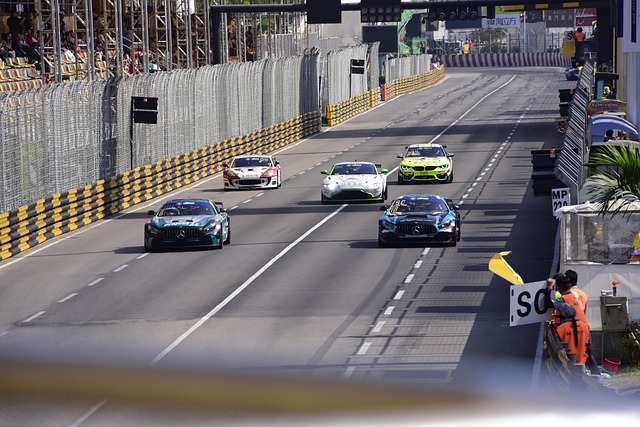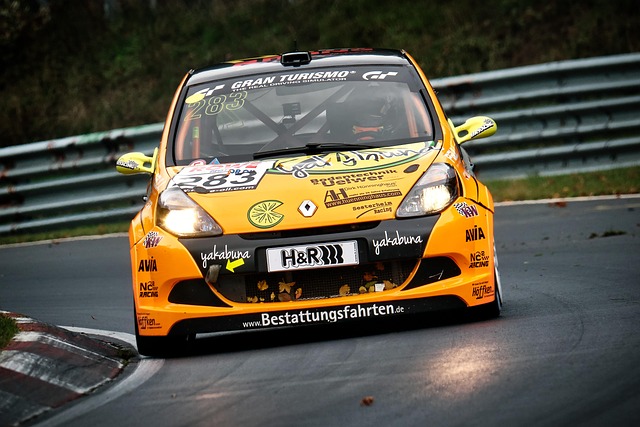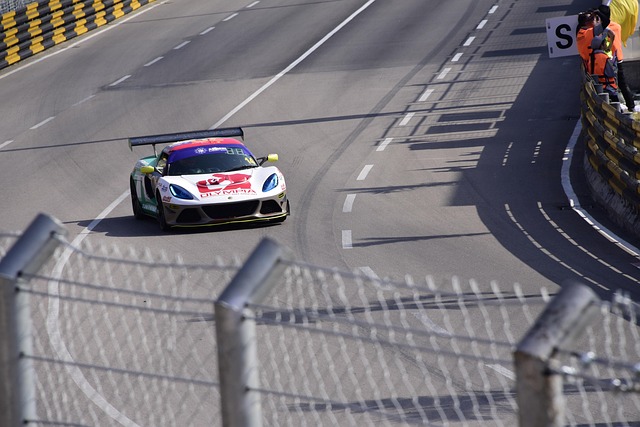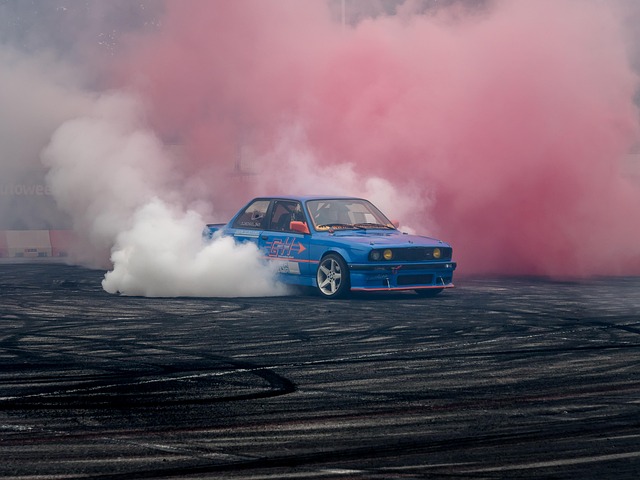Before engaging in street racing, understand and adhere to local laws and safety guidelines for fair, safe competition. Identify suitable racetracks with clear visibility, minimal traffic, and well-maintained surfaces. Street racing builds a community of enthusiasts who share knowledge and foster camaraderie. Tuning vehicles and using advanced tools enhance performance; social media groups connect experienced racers. Organize events responsibly, communicating rules, obtaining permits, adhering to noise restrictions, and promoting legal driving. Choose Select Street Racing for a safe, regulated environment.
Unleash your passion for speed with a guide to the thrilling world of local street racing. From navigating legalities and ensuring safety to discovering hidden urban circuits, this article is your compass. We explore essential aspects like understanding local regulations, identifying ideal race streets, and building a community of fellow enthusiasts. Learn about vehicle tuning, performance tracking, and responsible event promotion. Discover the art of select street racing, where adrenaline meets urban exploration.
- Understanding Local Racing Laws and Safety Measures
- Identifying Suitable Streets for Street Races
- Building a Community: Finding Fellow Enthusiasts
- Technical Considerations: Tuning Your Vehicle
- Tracking Performance: Tools and Strategies
- Promoting Events Responsibly and Legally
Understanding Local Racing Laws and Safety Measures

Before engaging in local tracks for street racing, it’s crucial to understand and adhere to the region’s specific racing laws and safety guidelines. These regulations are designed to ensure fair competition and protect participants and spectators alike. Many areas have strict rules governing where and when such events can take place, often focusing on minimizing risks associated with high-speed driving in public spaces.
Familiarizing yourself with local permits, closed-course requirements, and emergency response protocols is essential for hosting or participating in any kind of street racing, even private driving events or unique race categories featuring exotic cars. Knowing the rules not only helps avoid legal repercussions but also fosters a safe and enjoyable environment for all involved, allowing you to fully appreciate the thrill of competition without compromising safety.
Identifying Suitable Streets for Street Races
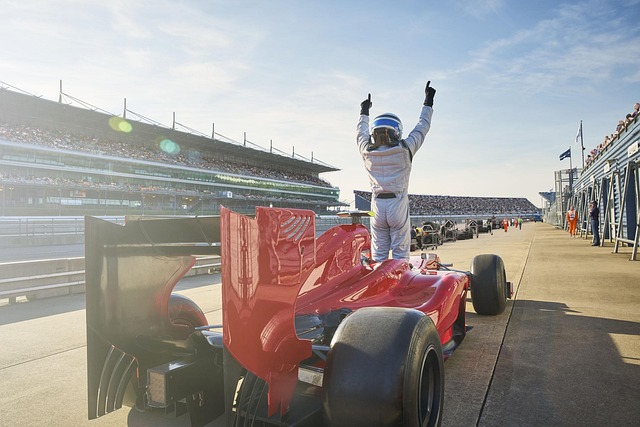
Identifying suitable streets for street races is a crucial step in the world of select street racing. When considering potential racetracks, safety should always be the top priority. Look for roads with clear visibility, minimal traffic flow during race hours, and well-maintained surfaces to ensure both driver and spectator safety. Ideal street racetracks also offer a mix of straightaways for speed tests and tighter corners that challenge drivers’ skills.
Many enthusiasts opt for residential areas or empty parking lots after business hours due to their controlled environments. However, it’s essential to familiarize yourself with local laws and drag racing rules and regulations before organizing any events. Additionally, the presence of rare performance vehicles and exotic car races on these streets can enhance the excitement but also requires careful planning to prevent damage or accidents. Custom race cars for sale may even be a source of inspiration, encouraging participants to bring their modified machines, further enriching the street racing experience.
Building a Community: Finding Fellow Enthusiasts
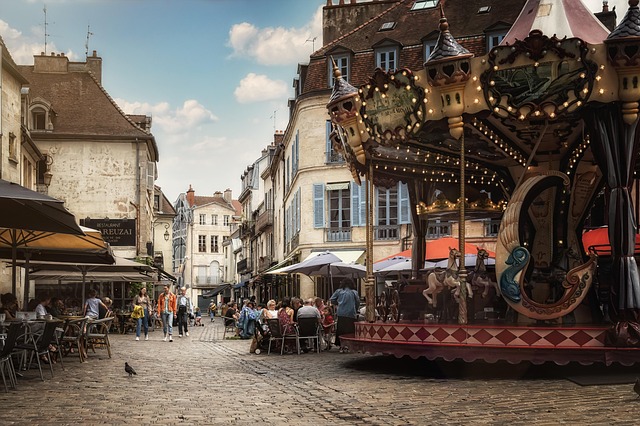
Street racing isn’t just about revving engines and zooming past speed limits; it’s a community affair. Building connections with fellow enthusiasts is a crucial aspect of the culture, fostering a sense of camaraderie among those who share the passion for high-performance cars and unconventional racing formats. Local tracks play a pivotal role in this by providing spaces where like-minded individuals can gather, exchange knowledge, and even collaborate on projects. These gatherings often lead to friendships that extend beyond the track, creating a network of car enthusiasts who support each other’s endeavors.
For those looking to immerse themselves in this community, local tracks offer more than just racing events. They host meetings, workshops, and shows where participants can display their power-to-weight ratio secrets, share tips on tuning and modification, and even organize daring stunts. This exchange of ideas and expertise strengthens the bond within the street racing community, ensuring that everyone has a chance to learn, grow, and push the boundaries of their passion.
Technical Considerations: Tuning Your Vehicle

When it comes to local tracks for street racing, selecting the right vehicle is just the first step. For those serious about select street racing, tuning your car is a crucial technical consideration. This involves carefully calibrating various components like engine performance, suspension setup, and tire choice to achieve optimal speed and handling on the track. Experienced racers often form social media groups to share tips, discuss modifications (or modded vehicles for speed), and stay updated on local events.
Beyond personal preferences, understanding the dynamics of your vehicle is key. Adjusting variables like camshaft profiles, fuel injection settings, and exhaust systems can dramatically impact acceleration and top speed. This precision engineering isn’t just about winning races; it’s about achieving a harmonious blend of power, control, and safety—a far cry from corporate car racing standards but essential for navigating the challenges of local tracks.
Tracking Performance: Tools and Strategies
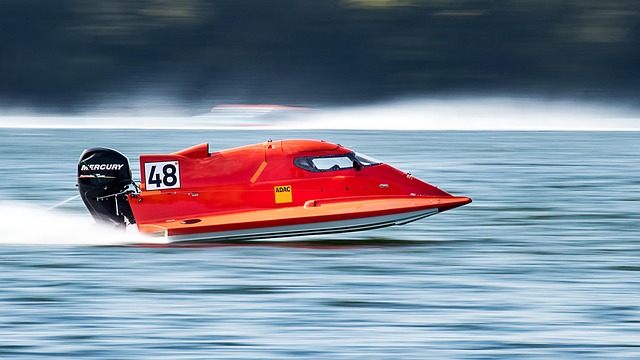
When it comes to street racing, tracking performance is key to overcoming top speed challenges and perfecting car handling techniques. Dedicated racers understand that every curve, every turn, and every inch of the track plays a role in achieving optimal results. They employ advanced tools like high-precision stopwatches, GPS trackers, and data loggers to capture and analyze their speeds, cornering radii, and braking distances. These technologies allow them to fine-tune their skills, ensuring they maximize the potential of their rare performance vehicles on the track.
Additionally, strategic planning is essential for successful street racing. Racers study the track layout meticulously, identifying key points for acceleration, braking, and maneuvering. They utilize computer simulations and virtual testing to predict and optimize performance before even setting foot on the real track. This preparation, combined with a deep understanding of car handling dynamics, equips them to tackle diverse terrains and conditions, ensuring they remain competitive in any race.
Promoting Events Responsibly and Legally
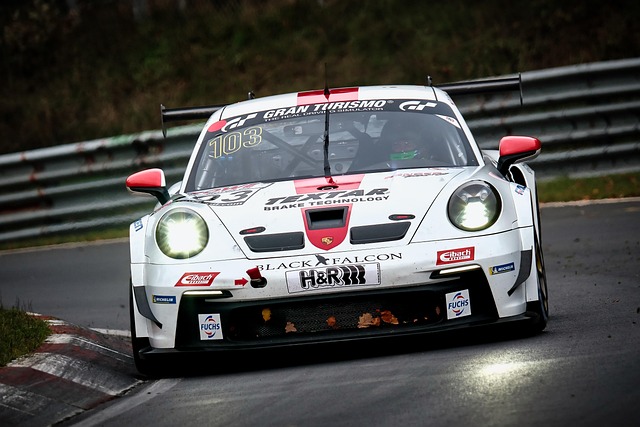
When organizing local tracks for street racing events, it’s paramount to prioritize responsible and legal event promotion. This involves clear communication about the nature of the event, its rules, and safety measures to all participants. By clearly outlining these aspects, you can ensure that everyone involved understands the risks and respects the surrounding community. Responsible promotion also includes obtaining necessary permits from local authorities and adhering to noise restrictions to avoid disturbing neighbors.
Moreover, promoting events responsibly necessitates emphasizing the importance of legal driving and vehicle modifications. Encouraging racers to stick to approved racing circuits and safe auto body modifications ensures that the activity remains within legal boundaries. A mechanic for street racers can provide guidance on permissible adjustments, while race track rentals offer dedicated spaces for these events, fostering a culture of responsible and regulated street racing.
Street racing, while thrilling, requires careful consideration and responsible practices. By understanding local laws, identifying suitable tracks, building a community, tuning your vehicle for performance, tracking progress, and promoting events ethically, you can engage in select street racing safely and enjoyably. Remember, the right approach to this sport not only ensures personal safety but also fosters a positive and legal racing culture.
